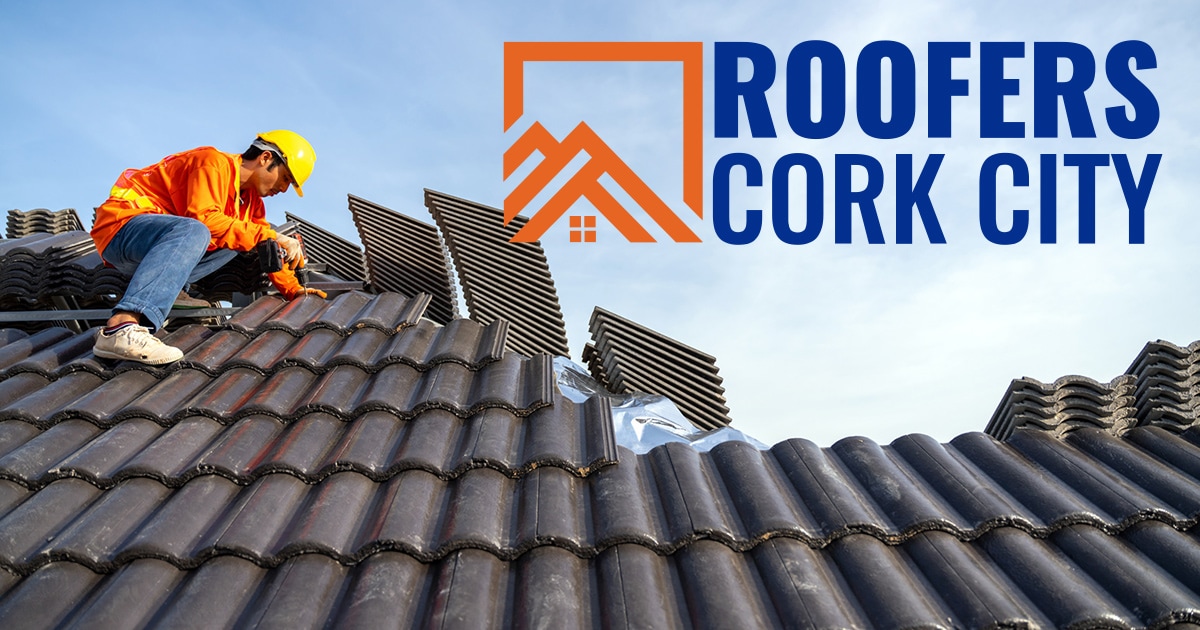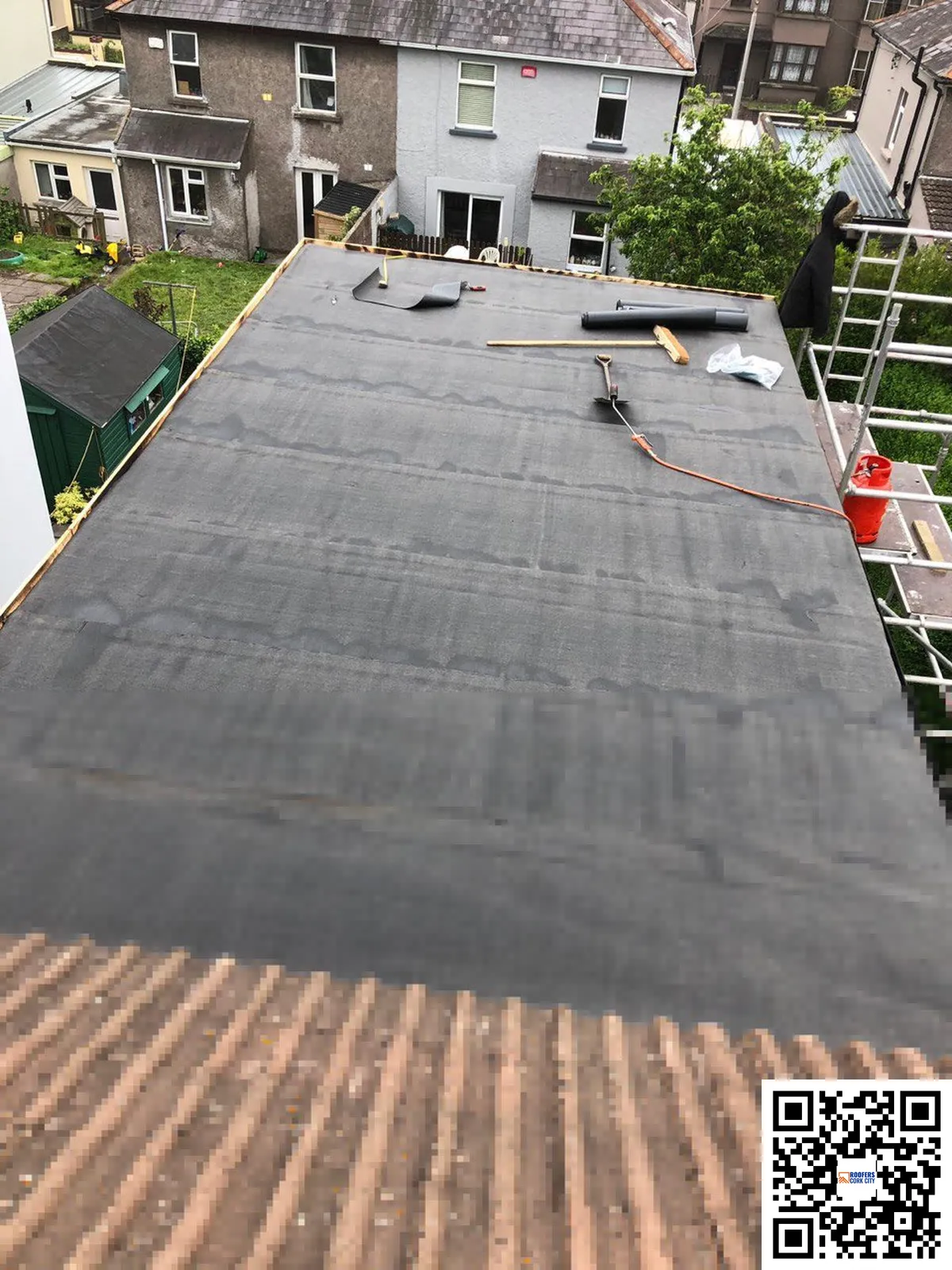As homeowners, we often think about the aesthetics of our roofs or how they contribute to our home's overall curb appeal. However, when it comes to roof replacement, it's crucial to consider not just the look but also the environmental factors that can play a significant role in determining when your roof might need a makeover. In this comprehensive guide, we'll delve deep into the various environmental influences that necessitate roof replacement and maintenance.
Understanding Roof Replacement in Cork
When you hear "roof replacement in Cork," what comes to mind? Is it potential leaks during heavy rains or perhaps the dreaded mold growth? Roof replacement isn't just about swapping out shingles; it's also about addressing the implications of various environmental conditions. From harsh weather patterns to local wildlife, many elements can wear down your roof over time.

The Importance of a Sound Roof
A well-maintained roof does more than keep rain out. It provides insulation, adds value to your home, and protects against pests. But with time and exposure to different elements, even the sturdiest roofs can face deterioration. So, what factors should you be concerned roof repairs cork https://rooferscorkcity.ie/ https://rooferscorkcity.ie/contact/ https://rooferscorkcity.ie/about/ about?
Environmental Factors That Influence the Need for Roof Replacement
Let's dive into the nitty-gritty! The environment around us is not just a backdrop; it actively participates in the lifecycle of our roofs.
1. Weather Conditions: Rain, Snow, and Sunlight
Rain and Humidity
In places like Cork, where rain is frequent, roofs endure constant moisture exposure. Over time, this can lead to:
- Mold Growth: Moisture trapped under shingles creates an ideal environment for mold. Leak Formation: Prolonged exposure could lead to leaks that compromise your home's integrity.
Snow Load
Heavy snowfall can add significant weight on your roof. If snow sits for prolonged periods without melting:
- It might cause structural damage. Ice dams can form at eaves which leads to water backup.
Sun Exposure
UV rays are relentless! They gradually deteriorate roofing materials over time leading to:
- Fading colors. Brittleness in shingles.
2. Wind Factors: Gales and Storms
Windy conditions can have dramatic effects on roofs:
- Shingle Loss: Strong winds can lift and tear off shingles. Debris Damage: Flying debris during storms can puncture or otherwise damage roofing material.
3. Temperature Extremes: Heat and Cold
Both heat waves and chilly winters impact roofing materials differently:
- Extreme heat may warp or crack shingles. Freezing temperatures might cause expansion and contraction issues leading to cracks.
4. Local Wildlife Activity
Animals like squirrels or raccoons love to make nests in warm attics:
- They may tear through roofing materials while entering your home. Birds nesting under tiles can also lead to moisture buildup.
5. Tree Proximity: Shade vs Damage
Trees provide shade which is great for cooling but they come with risks:
- Branches may scrape against roofs causing wear. Falling branches during storms pose direct threats.
Indicators You Might Need Roof Repairs or Replacement
Recognizing signs early on is essential! Here are some indicators:
Visible Leaks: Water stains on ceilings indicate possible leaks from above. Missing Shingles: A spotty roof indicates it might be time for repairs or complete replacement. Sagging Areas: A sagging roofline suggests structural issues requiring immediate attention.Roof Repairs vs Replacement: What’s Right for You?
It’s easy to feel overwhelmed by options when faced with roof issues! So what should you consider?
1. Extent of Damage
If only a few shingles are damaged, simple repairs might suffice; however…
2. Age of Your Roof
If your roof is nearing its life expectancy (typically 20–25 years), consider full replacement instead of patchwork repairs.
3. Budget Considerations
While repairs are typically cheaper upfront, constant patching could lead you down a costly path over time.
FAQs About Roof Replacement
Q1: How long does a new roof last?
A new asphalt shingle roof typically lasts around 20–25 years if properly maintained.
Q2: What’s included in a roof replacement?
A full replacement usually includes removing old materials, inspecting underlying structures, installing new underlayment and shingles, plus any necessary repair work.
Q3: Can I replace my own roof?
While DIY projects are tempting, roofing requires specific skills and safety measures; hiring professionals is generally safer!
Q4: How do I know if I need a new roof?
Look out for signs like leaks inside your home or visible wear on external surfaces; consulting with a professional will give you clarity!

Q5: Is weatherproofing necessary?
Definitely! Weatherproofing helps extend your roof's lifespan by protecting against wind-driven rain and UV rays!
Q6: What’s better—repairs or replacement?
It depends on various factors like age of your current roofing system and extent of damage!
Conclusion
By understanding how environmental factors influence the need for roof replacement in Cork—or wherever you call home—you equip yourself with valuable insights that guide maintenance decisions going forward! Whether you're facing heavy rains or high winds, being proactive means taking steps now before small issues turn into costly disasters later on.
Your roof is one of those things that should be out of sight but never out of mind! After all, it shelters everything beneath it—from family memories made indoors to cherished possessions housed within walls—so treat it right! And remember—if you're ever uncertain about whether it's time for repairs or total replacement—inquire with local experts who specialize in both roof repairs and replacement.